Am I the only one who thinks merienda [mehr-yen-dah] is terribly underappreciated? It is a meal often missed like almusal, or breakfast on rushed mornings. Merienda is often overlooked. We obsessively prepare for and plan around tanghalian, [tang-ha-lee-ahn] or lunch, and hapunan, [ha-poo-nahn] or supper but more often than not we forget about the meal in between.
My family’s not affluent but while growing up my mother always made sure there was food on our table even for merienda. Whenever everyone was home either in the weekends or for celebrations, we all gathered around the table and sat together for merienda.
Merienda is a light meal taken in the middle of the morning and in the afternoon. It can be as simple as a kakanin like biko cut in squares or suman wrapped in banana leaves, or pan de sal, just baked or just toasted, split in the middle and filled with something sweet or savory, often accompanied with coffee. It can be heartier like a bowl of chicken mami with steamed pork siopao as round as my cheeks when I was little or dinuguan paired with puto picked up that morning from the market.
For me, merienda is as important as the other meals of the day. A quick siesta followed by merienda never fails to provide that much needed dose of inspiration in the middle of an otherwise uninspiring day. It can be a lifesaver. It is a welcome break. Alas tres, or three in the afternoon, everyday meant only one thing: it was time for merienda. The meal is a testament to the Filipinos’ love for food and for company at any time of the day.
Puto Recipe, makes 12 cakes, four servings
1 cup rice flour
1 tablespoon baking powder
1/2 cup sugar
1 cup water
Puto [poo-toh] and dinuguan [dee-noo-goo-ahn] seem like an odd pair. They are good by themselves — puto with grated coconut and dinuguan with steamed rice — but they are even better together. The sweet rice cakes complement the sour pork blood stew delightfully. The combination is classic Filipino merienda.
Puto is steamed rice cake. There are as many variations to puto as there are islands in the Philippines. One of the more popular kind is putong puti made from galapong, or rice flour. Its name comes from its pristine color — puti, or white. Traditionally, bigas, or uncooked rice, is soaked in water then ground fine in a gilingan, or grinder, into galapong. The rice batter made of ground rice and water is steamed in molds to make muffin-like rice cakes. This simple recipe conveniently uses readily available rice flour.
Whisk rice flour, baking powder, and sugar together in a bowl. Add water and mix until well combined. Pour mixture into 3-inch ramekins or muffin pans until about two thirds full. Place ramekins or muffin pans in a steamer over medium to high heat. Make sure the water is boiling rapidly. Steam until cakes are firm and cooked, about 15 minutes. Take the cakes out of the steamer and let them cool on the kitchen counter until they can be handled. Run a knife around the edges and use the knife to lift the cake out of the ramekin. They are best the day they are made but can be stored in the fridge in an airtight container and reheated in a steamer or microwave oven.
In place of ramekins, you can use brioche molds or small prep bowls or dipping dishes used for sawsawan.
Use plain rice flour and not glutinous or sweet rice flour. You’ll end up making kutsinta if you use glutinous or sweet rice flour.
More Merienda Recipes
Dugo [doo-goh] is Filipino for blood. Dinuguan [dee-noo-goo-ahn] is blood stew. Meat and innards are simmered in vinegar and fresh blood. Yes, you heard right, fresh blood. Filipinos are incredibly frugal and resourceful. While making ends meet, my people leave no food to waste and use every part of a bird or a pig even its own blood.
Mami [mah-mee] is a dish of noodles, chicken, pork or beef, and broth. The origins of the Filipino noodle soup can be traced back to the pioneering Chinese peddlers and restaurateurs who immigrated to the Philippines. Mami is eaten any time of the day, typically paired with steamed pork buns — siopao — or steamed pork dumplings — siomai.
I can still taste the rice noodles and the coconut crumbs on the soft, round rice cakes. They were makunat [mah-koo-nat], the way I like them, the reason I fancy them. I don’t think there’s a word elsewhere that comes close to describing the cake’s one of a kind texture. Chewy comes to mind but it isn’t quite the same.
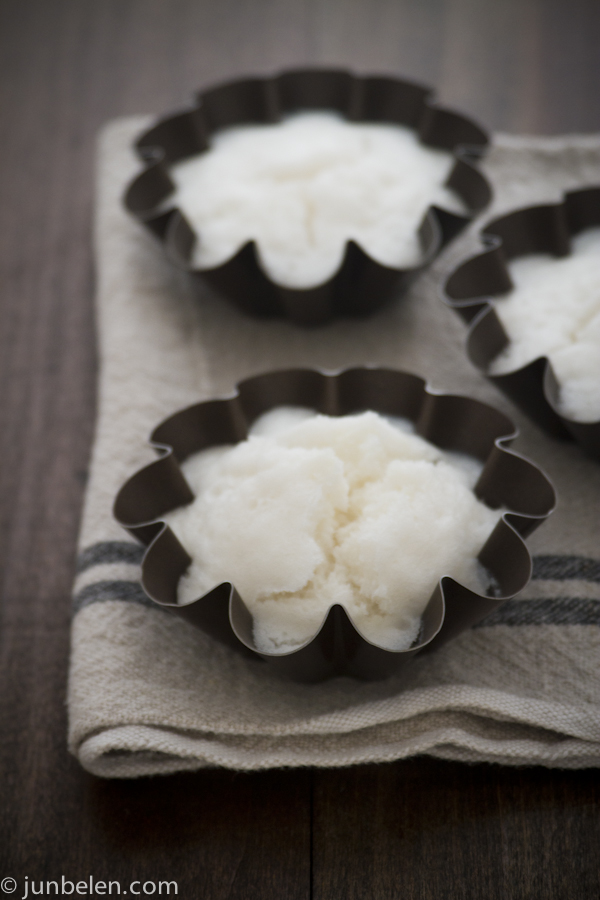
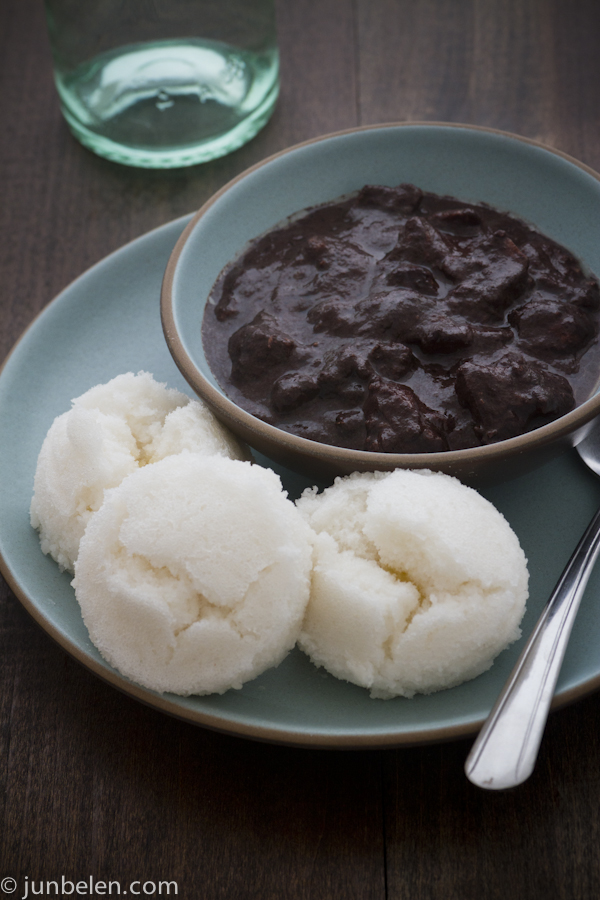
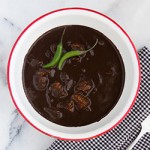
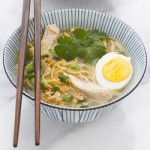
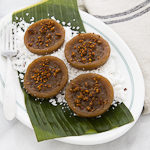
Pingback: Easy Homemade Dulce de Leche - BAKE:HOPE:LOVE()
Pingback: Easy Homemade Dulce De Leche - BAKE:HOPE:LOVE()
Pingback: Cake Recipes Banana – Cake Recipes()